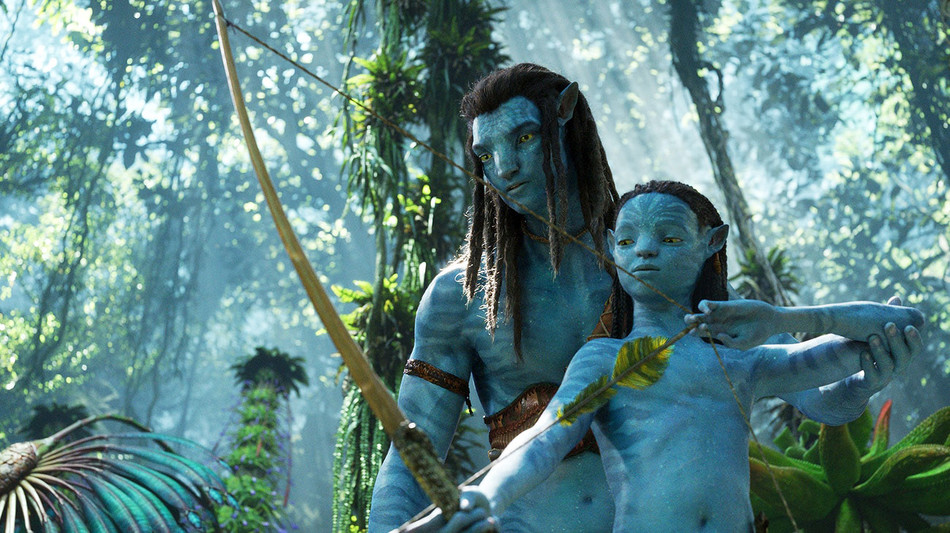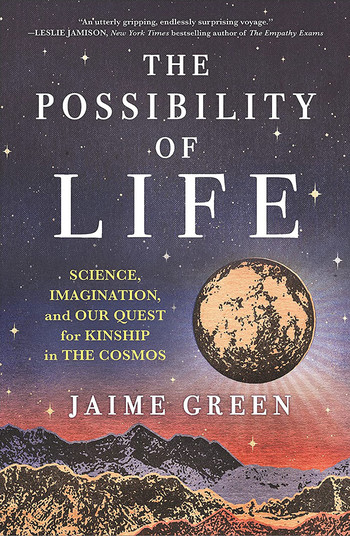Are we alone? It’s a question that ricochets around our brains whenever we step outside on a starry night and try to grasp the incomprehensible vastness of the cosmos. It’s a question that feels natural and deeply human. But as science journalist Jaime Green ’15SOA points out in her nonfiction debut, The Possibility of Life, it’s a question we couldn’t even have thought to ask until a few hundred years ago.
If there’s anyone to blame for planting the seeds of our cosmic angst, Green posits, it’s probably Nicolaus Copernicus. His heliocentric model of the solar system launched a scientific revolution that rapidly dismantled our anthropocentric view of the universe and raised the possibility that there might be other Earths orbiting distant stars. In the sixteenth century, the night sky was transformed from an abstraction into a canvas populated with a seemingly endless number of worlds, and for the first time, humans could contemplate what life in those distant worlds might be like.
In The Possibility of Life, Green explores how the interaction of science and culture have continued to shape our ideas about extraterrestrial life, and what our fictional depictions of aliens reveal about our all-too-human biases and limitations. Each chapter focuses on a broad theme — evolution, intelligence, technology, language — that Green uses to analyze the aliens of science fiction through the lens of scientific fact. The result is a book that is remarkably wide-ranging. Green effortlessly moves from discussing the origins of life and the physics of stellar evolution to the politics of Star Trek and the evolutionary biology of Avatar. It’s a refreshingly unique contribution to the extraterrestrial canon, and Green’s lifelong love of both science and science fiction permeates every sentence.
Throughout the book, Green introduces readers to a diverse cast of scientists whose research may completely change our understanding of life on Earth and across the cosmos. There’s a planetary scientist planning a mission to Saturn’s icy moon of Titan to search for signs of life in underground oceans, a biologist trying to recreate the origins of life in a flask, and a psychologist who has spent her career talking to dolphins. While it’s tempting to think of science as a perfectly rational pursuit, Green emphasizes the radical creativity that these scientists must harness to navigate the uncharted frontiers of human knowledge — and the important role that science fiction plays in that process.
For Green, science fiction isn’t merely a vessel for exploring the world around us. It’s also a way for us to interrogate our own deeply human hopes and fears about the future and our place within it. “When we imagine aliens,” Green writes, “we’re often imagining versions of our future selves, a superior civilization evolved from a common or analogous primeval past. We look to the stars, to the future, and hope or wonder: That could be us too.” In this sense, science fiction allows researchers to adopt an alien mindset, to look at old problems in new ways and ask how things might have turned out if an aspect of our world that we take for granted — say the size of Earth or the composition of human DNA — were just a little different. There is a tension in all science fiction between what scientists know and what artists can imagine, and it is through this tension that worlds are built and groundbreaking discoveries are made.
When writers and filmmakers create alien beings, they are guided both by scientific understanding and by an artistic impulse to go beyond it. What if life evolved into a planet-scale intelligence, as it does in Stanisław Lem’s Solaris, or if it developed the ability to see the future, as it does in the movie Arrival? How might such an alien inhabit its world, and what might it think if it encountered some fleshy, relatively hairless hominids on a planet called Earth? Would it come in peace or to destroy civilization? Green acknowledges that we may never encounter these situations in real life. But for the sake of scientific progress, she insists that we never stop asking the questions.




